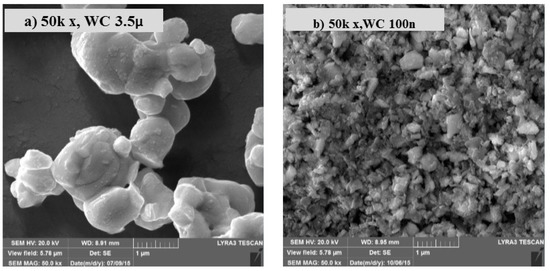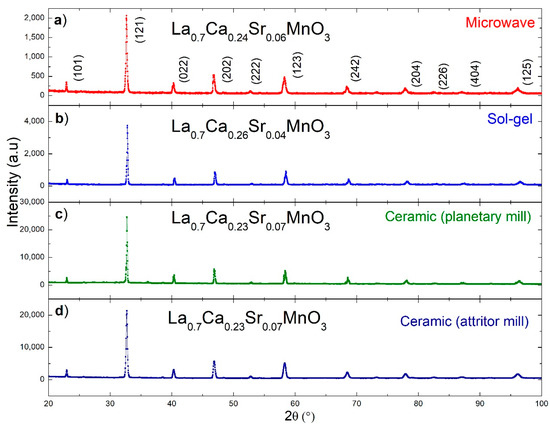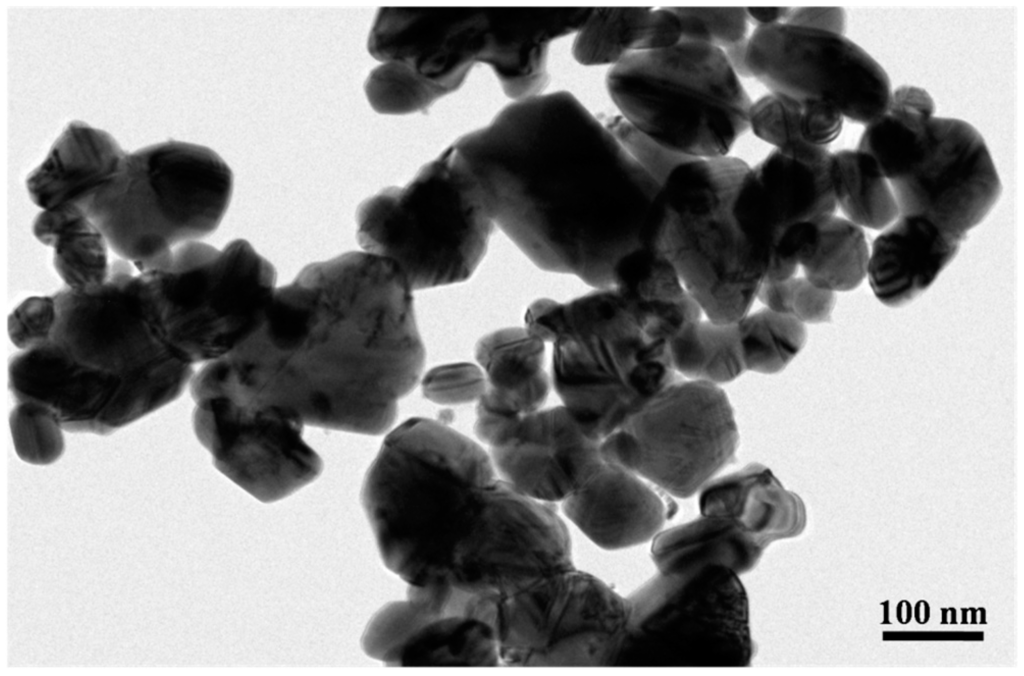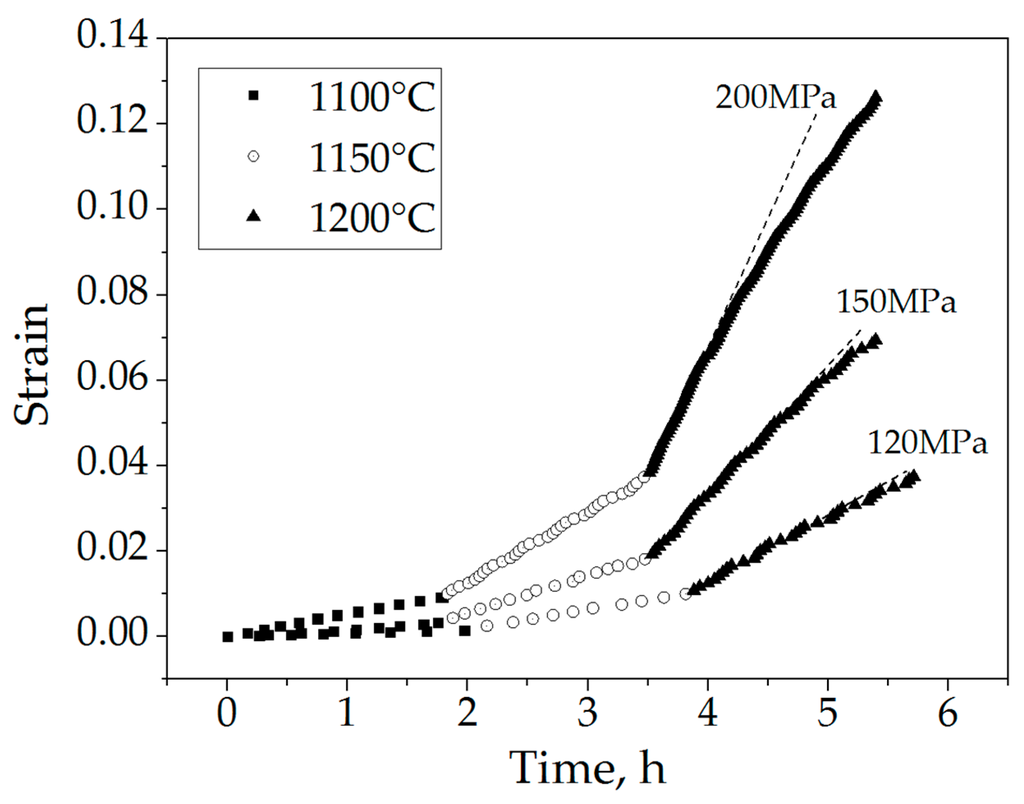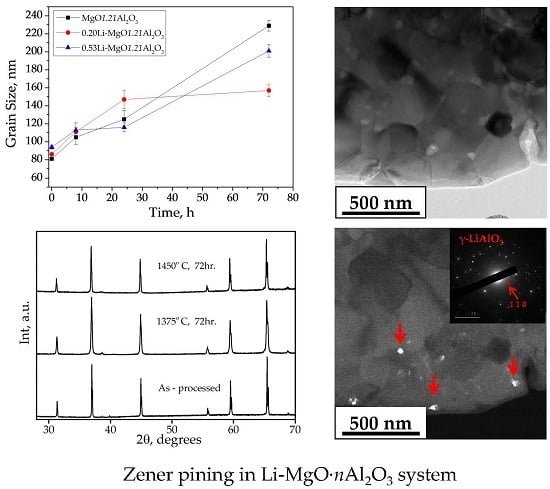Spark-Plasma Sintering and Related Field-Assisted Powder Consolidation Technologies
A topical collection in Materials (ISSN 1996-1944). This collection belongs to the section "Manufacturing Processes and Systems".
Viewed by 199861Editor
Interests: spark plasma sintering; advanced ceramic and ceramic composite processing; functionally graded materials; thick and thin film technologies
Topical Collection Information
Dear Colleagues,
Electromagnetic field-assisted sintering techniques have increasingly attracted attention of scientists and technologists. Spark-plasma sintering (SPS) and other field-assisted powder consolidation approaches provide remarkable capabilities to the processing of materials into configurations previously unattainable. Of particular significance is the possibility of using very fast heating rates, which, coupled with the field-assisted mass transport, stand behind the purported ability to achieve high densities during consolidation and to maintain the nanostructure of consolidated materials via these techniques. Potentially, SPS and related technologies have many significant advantages over the conventional powder processing methods, including the lower process temperature, the shorter holding time, dramatically improved properties of sintered products, low manufacturing costs, and environmental friendliness.
In this Special Issue, modern trends of field-assisted sintering, including the processing fundamentals and optimization of final product properties, are highlighted and discussed.
It is my pleasure to invite you to submit a manuscript for this Special Issue. Full papers, communications, and reviews are all welcome.
Prof. Dr. Eugene A. Olevsky
Collection Editor
Manuscript Submission Information
Manuscripts should be submitted online at www.mdpi.com by registering and logging in to this website. Once you are registered, click here to go to the submission form. Manuscripts can be submitted until the deadline. All submissions that pass pre-check are peer-reviewed. Accepted papers will be published continuously in the journal (as soon as accepted) and will be listed together on the collection website. Research articles, review articles as well as short communications are invited. For planned papers, a title and short abstract (about 250 words) can be sent to the Editorial Office for assessment.
Submitted manuscripts should not have been published previously, nor be under consideration for publication elsewhere (except conference proceedings papers). All manuscripts are thoroughly refereed through a single-blind peer-review process. A guide for authors and other relevant information for submission of manuscripts is available on the Instructions for Authors page. Materials is an international peer-reviewed open access semimonthly journal published by MDPI.
Please visit the Instructions for Authors page before submitting a manuscript. The Article Processing Charge (APC) for publication in this open access journal is 2600 CHF (Swiss Francs). Submitted papers should be well formatted and use good English. Authors may use MDPI's English editing service prior to publication or during author revisions.
Keywords
-
sintering
-
field-assisted
-
current-assisted
-
spark-plasma
-
powder consolidation
-
ceramics
-
metal powder
-
desification











